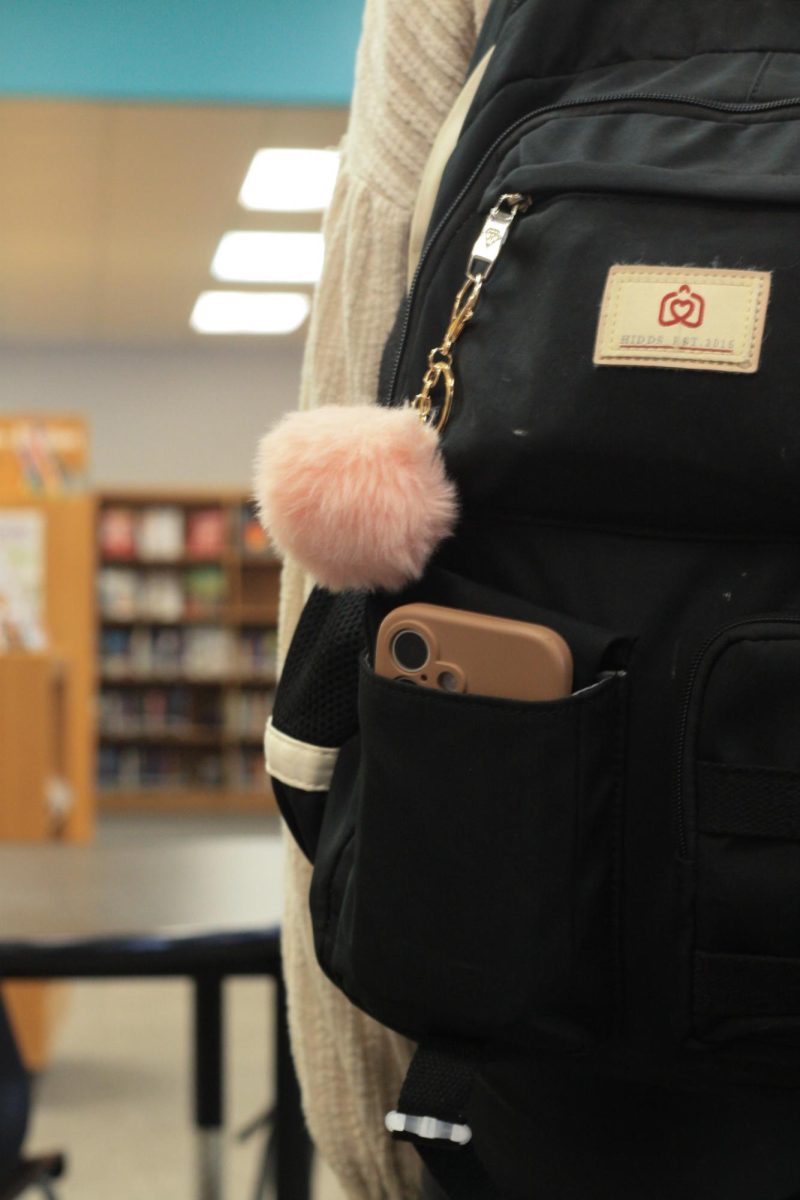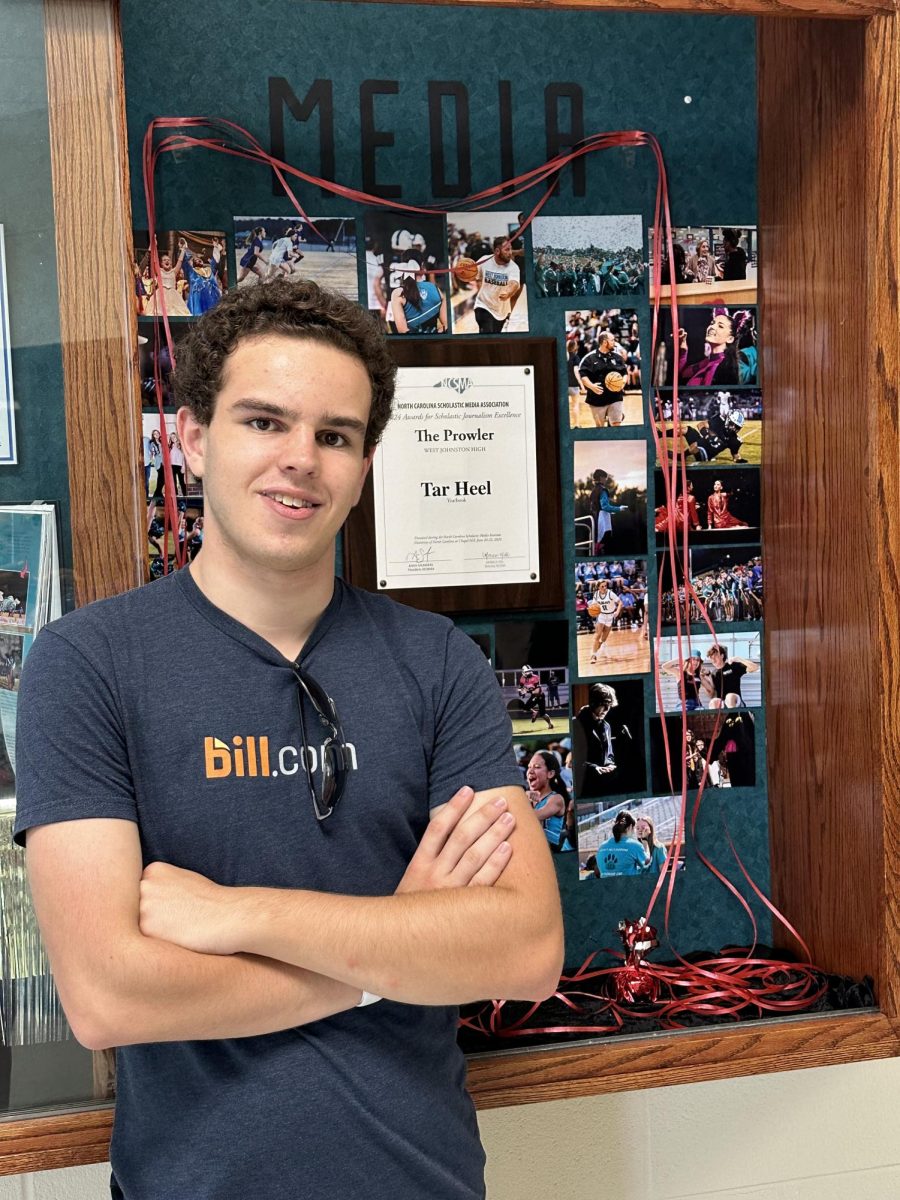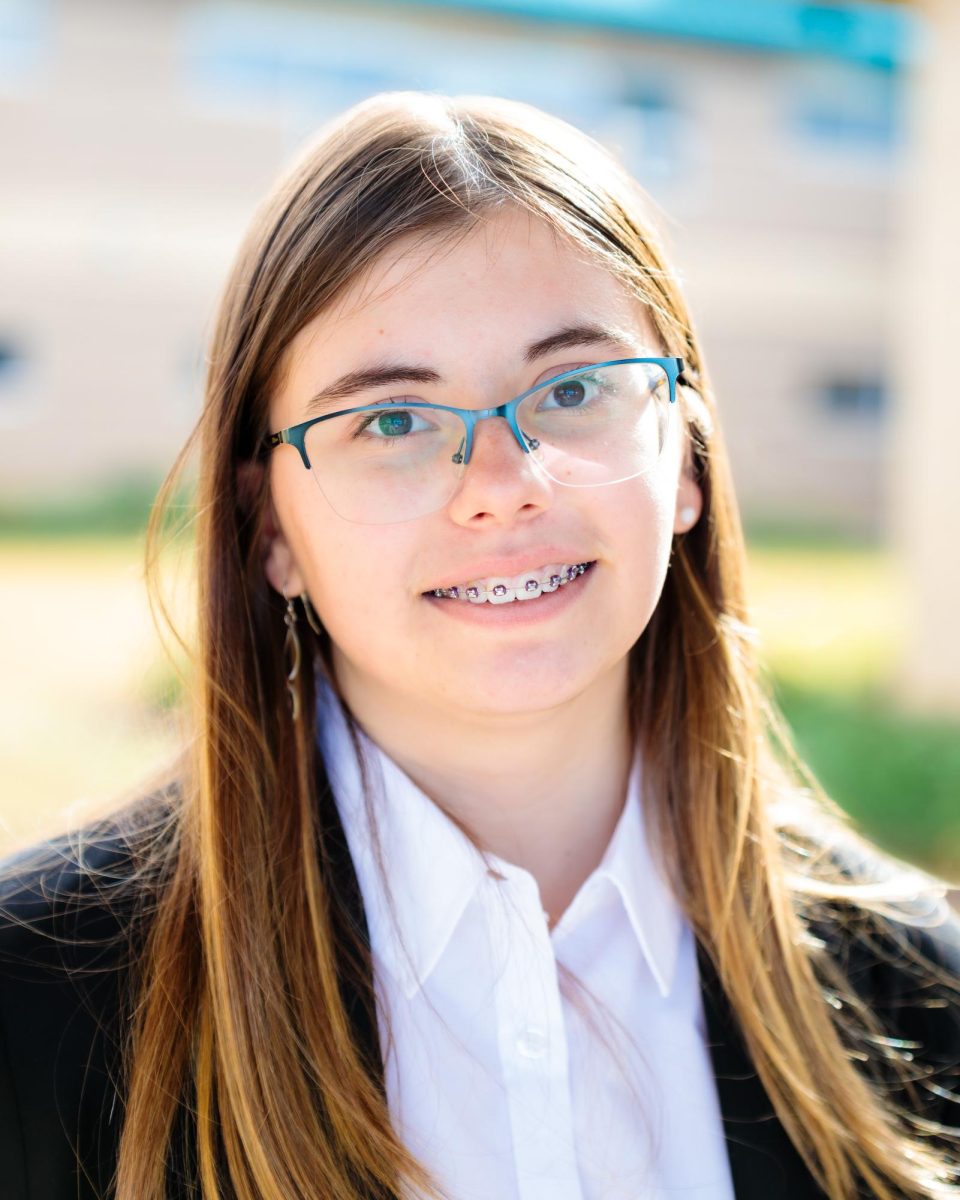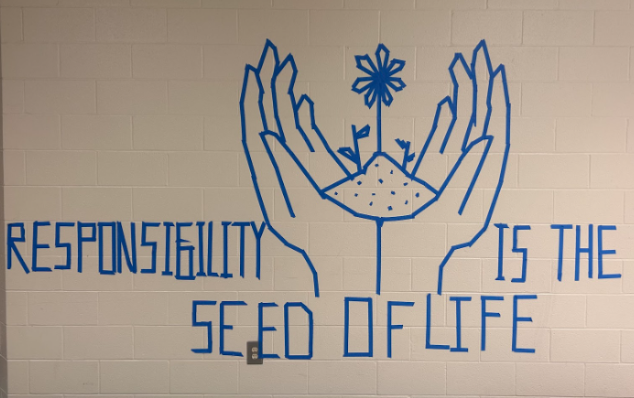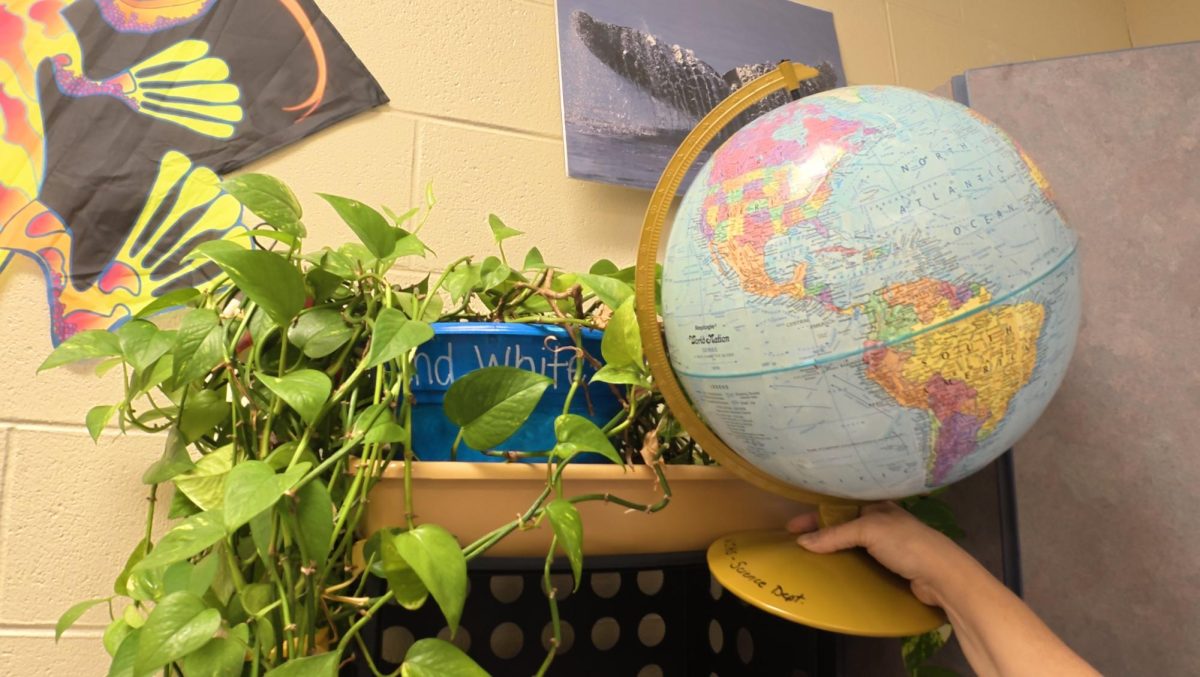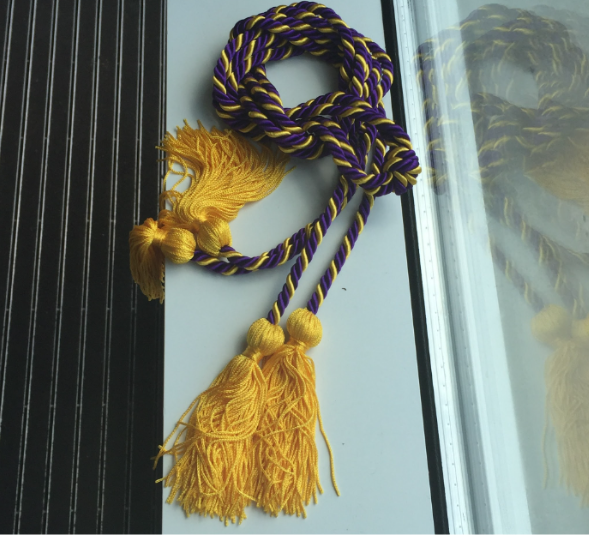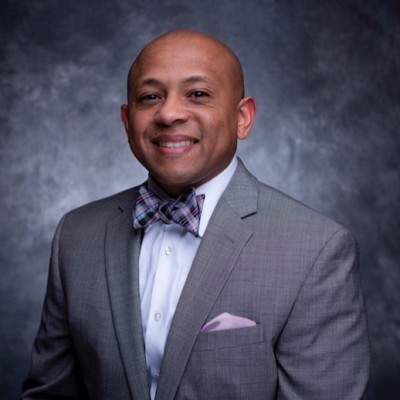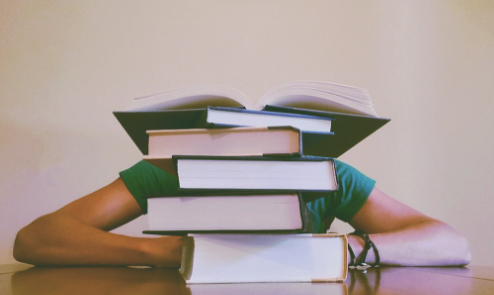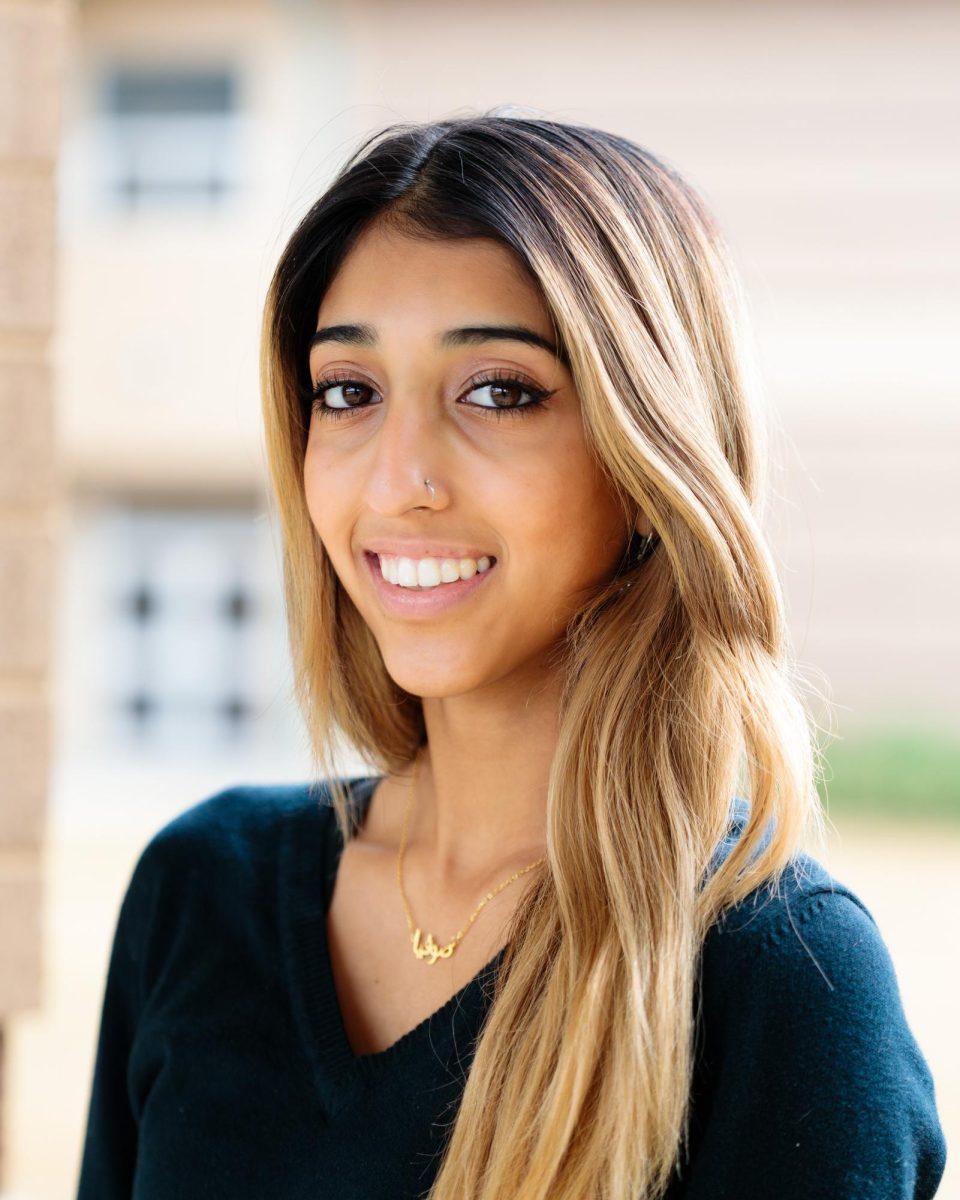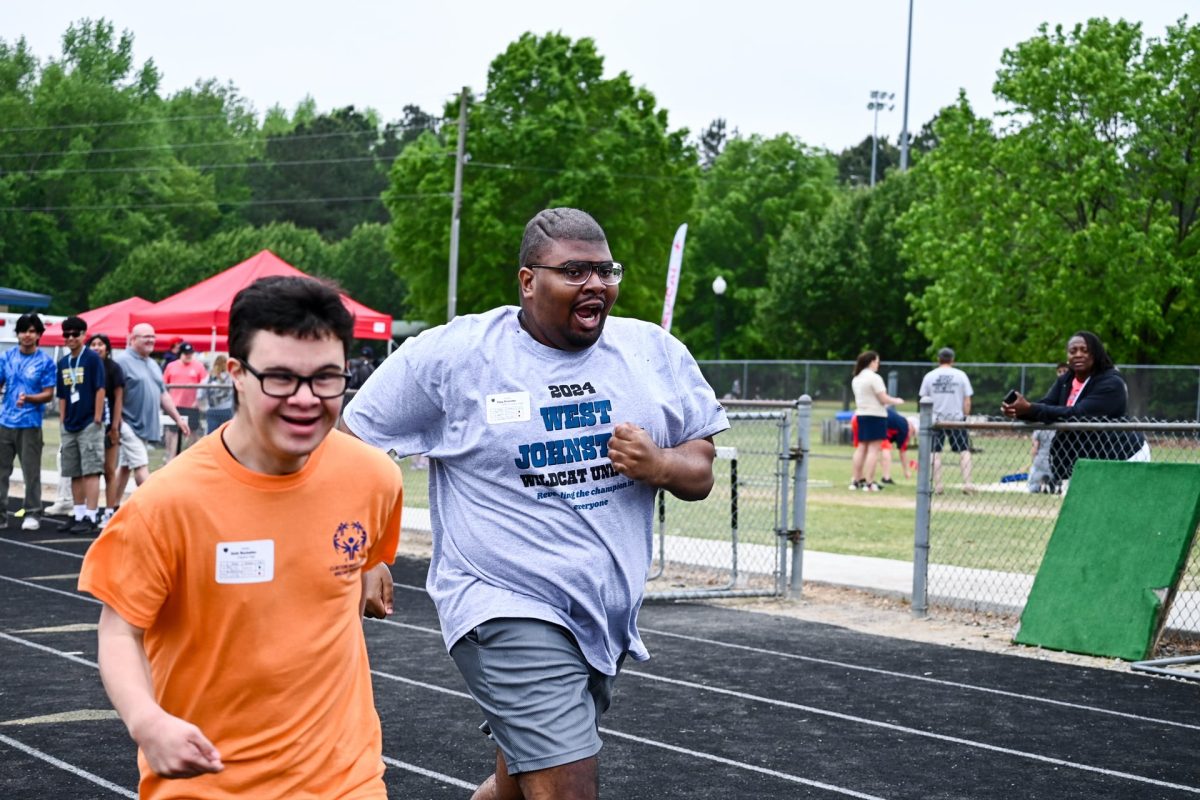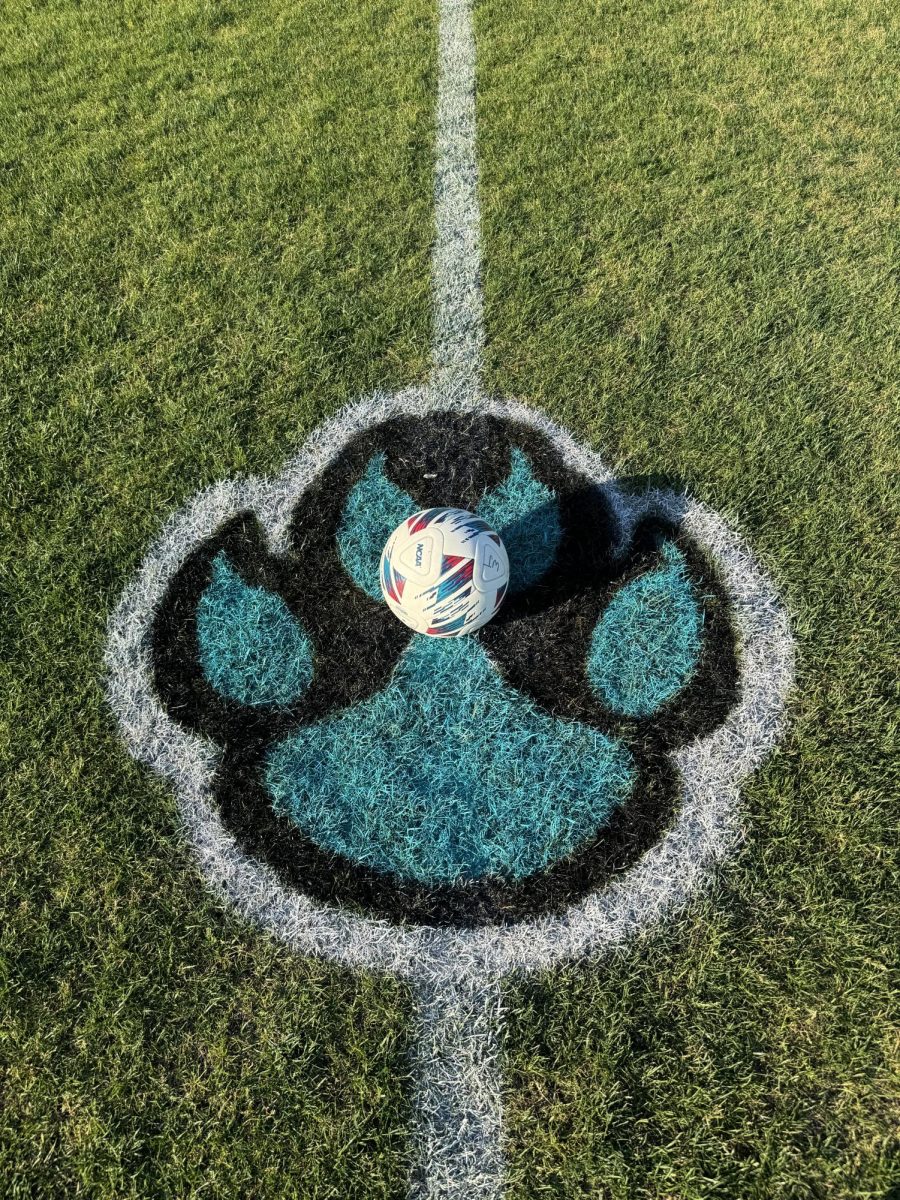Students are individual humans, and growing minds that require close nurturing and care. Without it the youth brain development can never fully achieve its greatest potential. In this article, we are going to dive into some of the things wrong with the classroom environment and how we can improve it for students.
There are hundreds of different ways that humans can absorb and retain information, from repetition to kinesthetic learning. Everyone learns things at different times and in different ways.
In the classroom environment, students are placed into classes with randomly assigned teachers for that subject. From personal experience, some teachers are extremely effective, while some on the other hand are not.
Application and repetition are two of the ways that human minds learn the fastest. Imagine that you have to drive the same road to school every day. For the first few months, you many need directions, and after that you may already know the way, but keep them on just for safety.
Eventually you will subconsciously learn and memorize the route you take to school. This goes for every day things as well, navigating your school halls, your social media sites, your classroom resources. After either seeing something multiple times, or doing something multiple times, your brain will eventually store it into its memory until it becomes routine for you.
The same goes for the classroom environment. Delegating tasks to students that require retrieval from memory storage repeatedly like Kahoots, flashcards, or other types of mental tests help students retain information.
This also works on the opposite side for students. While cramming works for some and does not for others, if a student or person was able to sit down for 10 minutes a day with a list of lets say 10 words with their definitions listed next to them, for one week or more, eventually you will have the order of the words memorized, and may even be able to write or recite out the exact written definitions without using the paper.
The human mind is ungraspable and it is complex, but there are proven scientific ways that we learn and retain information, and in a learning environment where the goal is for students to retain information, it is key that teachers understand how this works.
Presentations with thirty slides and all of the information written out on them will not simply cause students to remember what the teachers are lecturing to them. Content must be applied or repeated. If teachers truly care for their students to learn topics, one of the best ways is by going through the content and then making students apply it with an activity.
After taking two advance placement (AP) classes this year, I had two completely different teachers. Though one class was a social science, and one was a science the way that both instructors taught and structured their classes completely changed my performance, the amount of information retained, and my final exam confidence levels.
One teacher was on the authoritarian side, strict with multiple assignments and tests/quizzes a week, while the other was laid back, with one test per unit and many projects or small assignments. The first was stressful, but effective. The second (social science) was calm and the projects that we did do I learned the content for very effectively.
There is a certain amount of balance that teachers must use within their teaching, but organization, consistency, and application are a must. Units where we did not have corresponding assignments for but were lectured on, were not familiar and left me stranded when studying for the final.
It is not just teachers that are responsible for teaching, but also students and the amount of care that they have personally makes all the difference, but a great and effective teacher always helps. When you can see that a teacher wants the best for you, and will do all that they can, it makes students want to learn that much more.
Lastly, for teachers, the best advice that I can give is to give options and receive feedback. At the start of the year, ask how the class prefers certain flexible assignments, group projects, individual work, and study resources. At the end of the year, get genuine feedback on favorite assignments, most effective assignments, and get students to write down a few things off the top of their head that they can recite by heart after your class.
Teachers, we appreciate all that you do, and you do a lot, but as students learn and develop, I feel that teachers can always learn from the younger generations as well, and vise vera. Create relationships with your students, and take charge in a proactive approach to teaching to make the difference that the new generations crave.
